Syn.: Aragallus viscidulus Rydb., Aragallus viscidulus var. depressus Rydb., Aragallus viscidus (Torr. et A. Gray) Greene, Astragalus gaspensis (Fernald et B. L. Kelsey) Tiderstr., Astragalus viscidus (Torr. et A. Gray) Tiderstr., Oxytropis borealis var. viscida (Nutt.) S. L. Welsh, Oxytropis campestris var. viscida (Torr. et A. Gray) S. Watson, Oxytropis ixodes Buttler et Abbe, Oxytropis leucantha var. viscida (Nutt.) B. Boivin, Oxytropis mollis A. Gray, Spiesia viscida (Torr. et A. Gray) Kuntze
Family: Fabaceae Lindl.
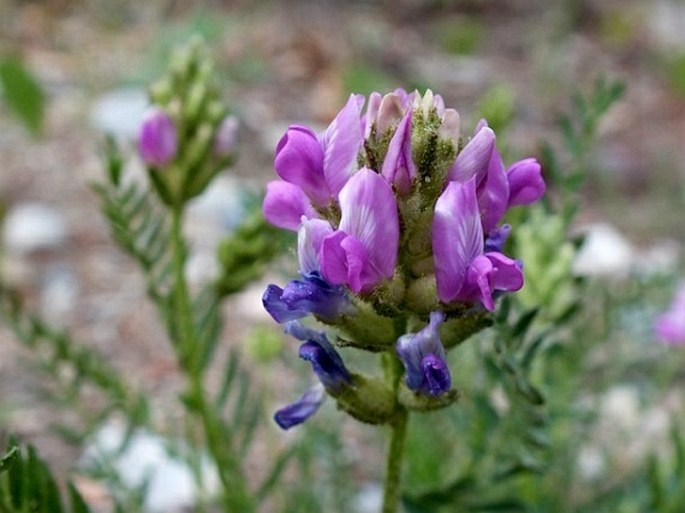
Distribution: North American species, found from Alaska, across Canada’s arctic, Quebec, British Columbia and Alberta, Minnesota, Colorado, Idaho, Oregon, Wyoming, Nevada, Utah and California.
Ecology: Dry, rocky hillsides, in sun or semi-shade, singly or in small groupings, at elevations from 800 to 1800 m. Blooms from May to July.
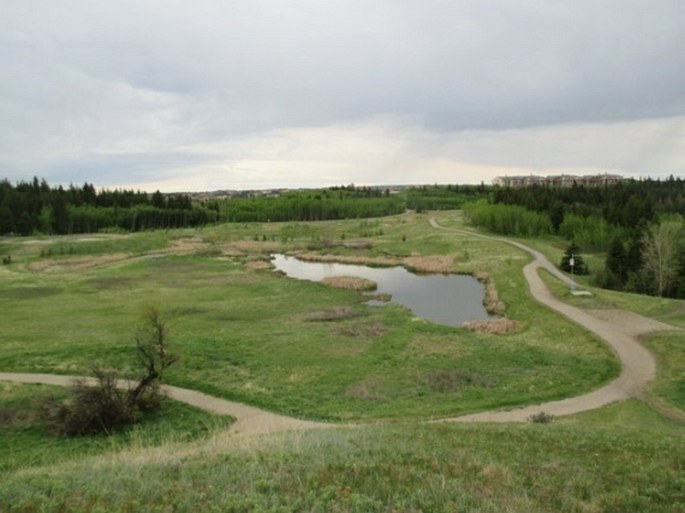
Description: Perennial herb, flowering stem 10–25 cm tall, offsetting from long taproot. Basal leaves only in a rosette, pinnately compound, 5–25 cm long, consisting of 19–35 leaflets, narrowly elliptic to lanceolate, 8–15 mm long, covered with sticky glandular hairs, which cover the peduncle and calyces as well. Inflorescence is a short raceme, 2–7 cm long, with 3–20 flowers, 10–15 mm long, bluish purple, standard’s base with large whitish spot, streaked with lines of the flower’s colour, keel shorter than wings and with a beak (typical for Oxytropis – sharp keel). Fruit is a legume, 8–12 mm long, with sticky hairs.
Threat and protection: This species is endangered in Minnesota.
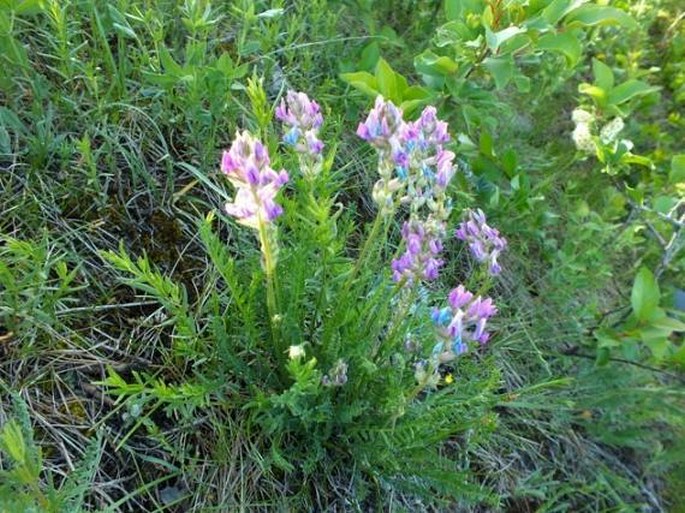
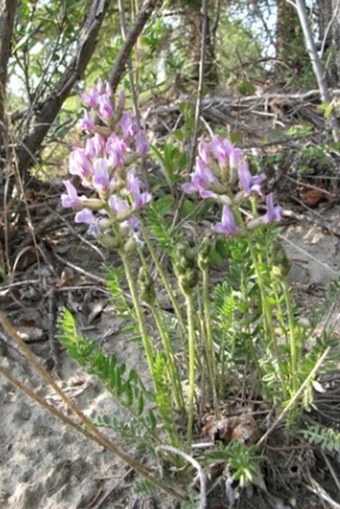
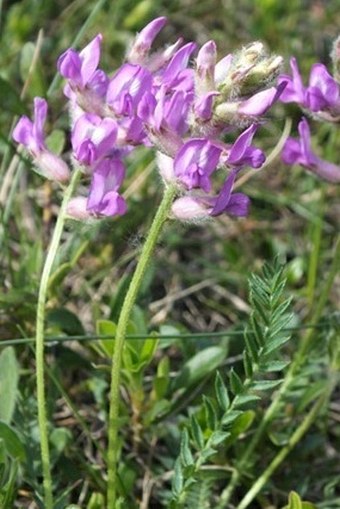
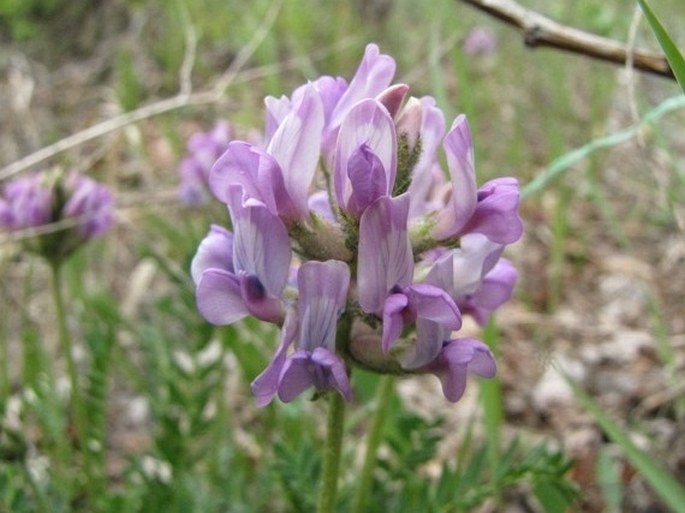
These images were taken in Canada, Alberta, Calgary, Fish Creek Park, Bebo Grove (May 2015).


